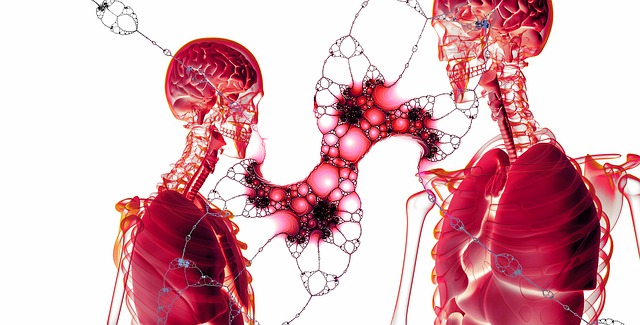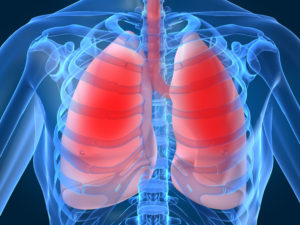
To continue with our investigation of the channels of elimination in the body, this month we will consider respiration.
With each breath you take, you not only bring in oxygen and exhale carbon dioxide but you also exhale other waste products and toxins from your body. This is why it is important to breathe deeply.
Stop for a moment and pay attention to your breath. What did you notice? If you are like most people, you will realize you take very short, shallow, quick breaths. This is common. Most of us only breath into the upper third of our of our lungs.
In this image from (Lungs and Pleura) – Interactive Biology, with Leslie Samuel, you can see how large the lungs are, but most people raise their shoulders to breath and only fill the very top part of the lungs with air before exhaling.

Keep in mind as you look at this image that the lungs do not just expand to the front but to the sides and back. If you’ve ever watched an infant or very young child breath, you will see their bellies move, their sides expand, and even their back expand as they breathe.
The brain can only survive for about 6 minutes without oxygen. Our red blood cells carry oxygen to all parts of our body. Breathing is vital to life.
Often, most pain can be linked to a lack of oxygen as well and many people find a significant reduction in pain when they breathe deeply.
So let’s talk about some strategies to help you make better use of your lungs and breath.
One of the simplest methods for being mindful of your breath is to practice 4 square breathing. In this technique, you breath in for four counts, hold your breath for four counts (gently, often suspension is a better image than holding), breath out for four counts, and again hold your breath out for four counts. Repeating this for a minute or two can lower stress levels, improve pain tolerance, and help all your cells function better including your brain for clearer thought.
Another method for improving your breathing pattern is to imagine the air dropping into your body, all the way down to your belly (or lower). Simply allow the air to flow in and feel your body expanding all around.
Exercising is a way for most people to naturally begin to breathe deeper without having to consciously work on it. If you can incorporate even simple, stretching exercises, your body will begin to learn to breathe deeper and more effectively.
Finally, integrating meditation or prayer into your daily practice is a way to pause and allow the mind to be mindful of how the body is doing and to breathe slower and deeper.
Need some help breathing more effectively or find you have some tensions you are unable to release? Schedule your appointment today!
